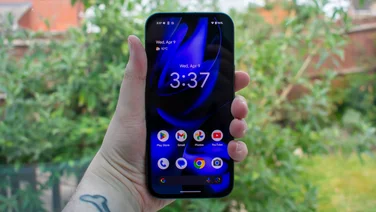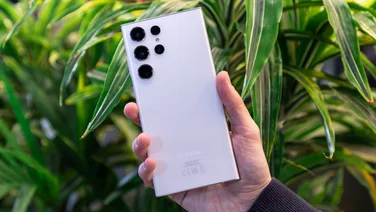To help us provide you with free impartial advice, we may earn a commission if you buy through links on our site. Learn more
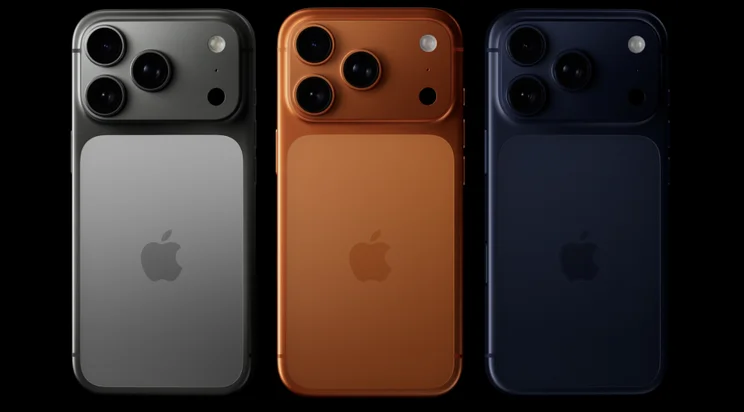
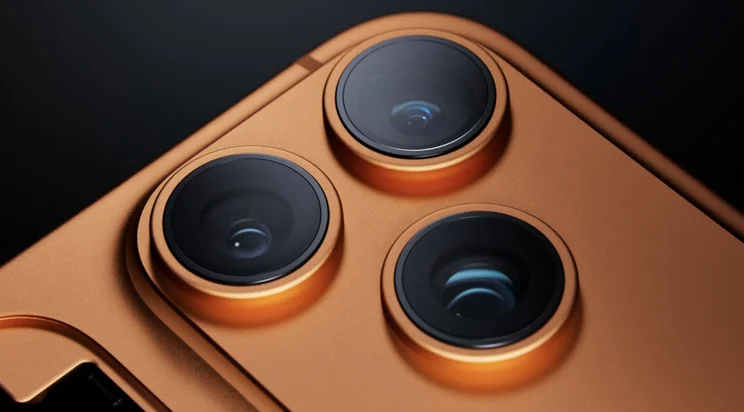
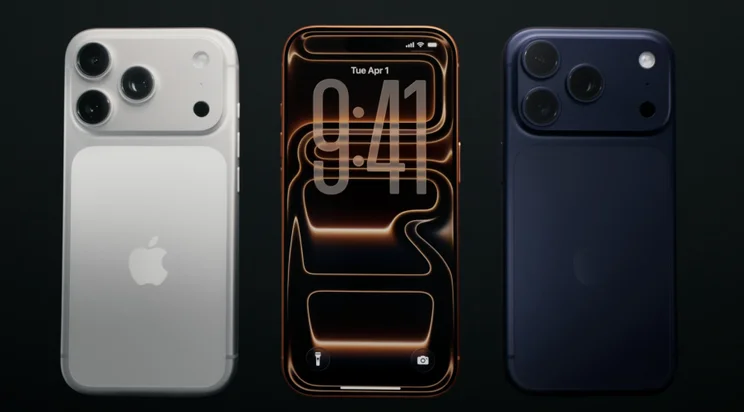
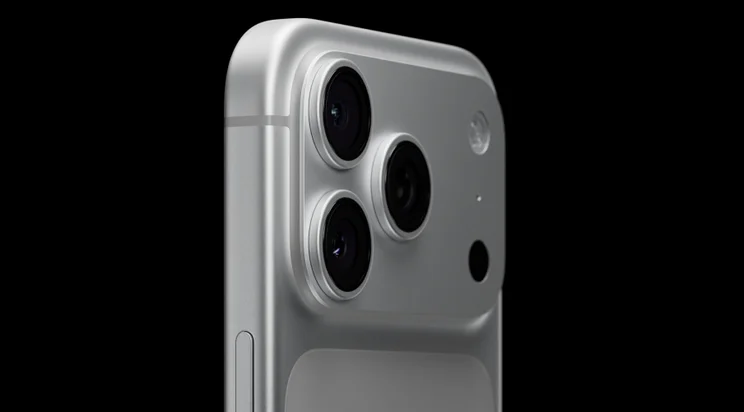
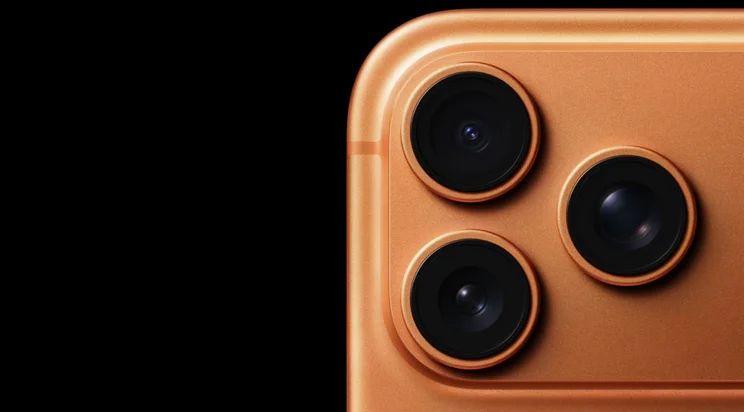

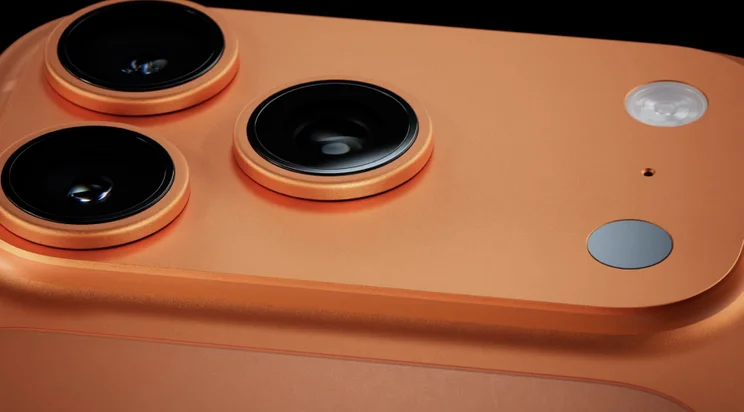
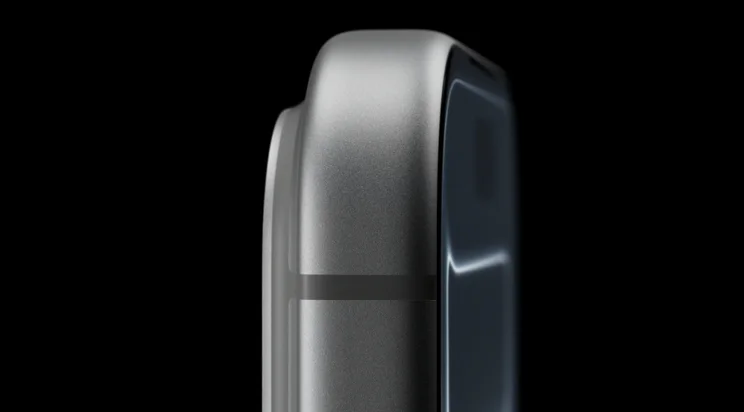

You might have already digested all the rumours about the new iPhone 17 Pro and 17 Pro Max but now that Apple has officially launched the phones, alongside the 17 Air, the 17, new watches and AirPods 3, we finally have confirmed details of what’s new – and there’s plenty here to get our teeth stuck into.
There is no one big upgrade for this year’s Pro phones – Apple’s main focus seems to have been on slimming down the iPhone 17 to produce the brand new Air – but with a faster processor, bigger battery, brighter screens and an upgrade to the cameras, the iPhone Pro models are still the phones to get anyone looking to upgrade the best Apple has to offer.

iPhone 17 Pro and 17 Pro Max specifications
- iPhone 17 Pro: 6.3in (17 Pro) 1,206 x 2,622 AMOLED 120Hz display
- iPhone 17 Pro Max: 6.9in (17 Pro Max) 1,320 x 2,868 AMOLED 120Hz display
- New aluminium unibody anodised in Silver, Deep Blue or Cosmic Orange
- Ceramic Shield 2 on the front and the rear, new 7 layer anti reflective coating
- Apple A19 Pro CPU
- From 256GB storage
- Rear cameras: 48MP main, 4x telephoto and ultrawide cameras
- Front camera: 18MP centre stage camera
- Prices: iPhone 17 Pro, from £1,099; iPhone 17 Pro Max, from £1,199
- Availability: Pre-orders now, shipping from 19 September, 2025
Design and cameras
Despite the improvements under the hood, however, most people aren’t going to see beyond the most obvious change for 2025’s Pro phones – that massive new rectangular camera bump at the rear. It stretches the full width of the phone, instead of living just in the top left corner and houses three lenses, which are weirdly still clustered over to one side.
This design choice is likely to split opinion in the coming days and weeks, but like it or not, it is fresh and different and it does come with some benefits – at least for those stubborn enough not to use a case, as the phone will no longer rock when placed on a flat surface.

Fortunately, Apple hasn’t just changed the look of the camera housing . In what could be the most compelling upgrade in this year’s Pro phones, Apple has also upgraded the cameras, with 48MP sensors across all three cameras.
The telephoto camera has suffered a slight reduction in reach this year, down from 5x to 4x, but that’s better for portraits according to Apple. It has also now improved the “optical quality” zoom to 8x; this is, however, only available at a reduced 12MP quality – it isn’t a true 8x optical telephoto camera. Lastly, the front camera gets an upgrade from 12MP to the new 18MP Centre Stage camera.
As for the video capabilities, those have been upgraded, too, but with an eye to professional workflows instead of keeping the home video crew happy, with both Pro models now supporting ProRes RAW capture via the Final Cut Camera and BlackMagic Camera apps.

Aside from that big old camera bump and the cameras, though, there are other changes aplenty in the wings. In fact the big one might be seen as more of a downgrade, with both the iPhone 17 Pro models arriving with an aluminium unibody instead of a titanium alloy frame like last year. The colours are at least more interesting, though. As well as silver, this year’s Pro phones are available in a striking Deep Blue and a bold Cosmic Orange. I can see the latter becoming a big hit.
Up front, the phones are equipped, as last year, with 6.3in (Pro) or 6.9in (Pro Max) ProMotion 120Hz AMOLED displays. Those screens can go a brighter than last year – up to a peak of 3,000 nits – but otherwise, the resolution is the same for each one: 1,206 x 2,622 on the 17 Pro, and 1,320 x 2,868 resolution on the 6.9in 17 Pro Max.
Apple says it has also improved durability this year, with Ceramic Shield on the back to go with Ceramic Shield 2 glass on the front.

Performance, storage, battery and charging
The phones are a tiny bit thicker and heavier this year, not that you’d notice, but the payback is better battery life, at least so says Apple. Thanks to a combination of increased efficiency and larger batteries Apple says the Max can last up to 39 hours of local video playback, an improvement on the already excellent 16 Pro Max, which Apple says can last up to 33 hours on local video playback. (Note, this figure is for the eSIM only model; presumably the UK model will have slightly worse battery life.)
And, as you’d expect, there’s brand new silicon inside both phones; and according to Apple the new 3nm A19 Pro chip is the ” the “fastest in any smartphone”. It looks like it runs pretty hot, though, with Apple being forced to introduce a vapour chamber in their phones for the first time to keep the temperatures down. Having said that, Apple also said that the 17 Pro phones are capable of delivering 40% more sustained performance than the 16 Pro, so the new thermal management system is clearly working well.
And this is all backed by storage allocations running from 256GB on the Pro (last year the Pro started at 128GB) and 256GB on the Pro Max, with a new top end model maxing out at 2TB of storage. That will almost certainly be painfully expensive.

Prices and availability
Prices, as you’d expect for Apple’s premium handsets, are on the high side, with the 17 Pro starting at £1,199 and the 17 Pro Max at £1,199 and only getting more expensive as you add storage. However, it is at least good to see that Apple has kept the price rises to a minimum here, with the Pro model rising a mere £100 and the Pro Max staying at the same price as last year.
The new iPhone 17 Pro and iPhone 17 Pro Max will be available to pre-order on Friday 12 September with store availability starting on 19 September, and we’ll be reviewing them just as soon as we can get our hands on them.


